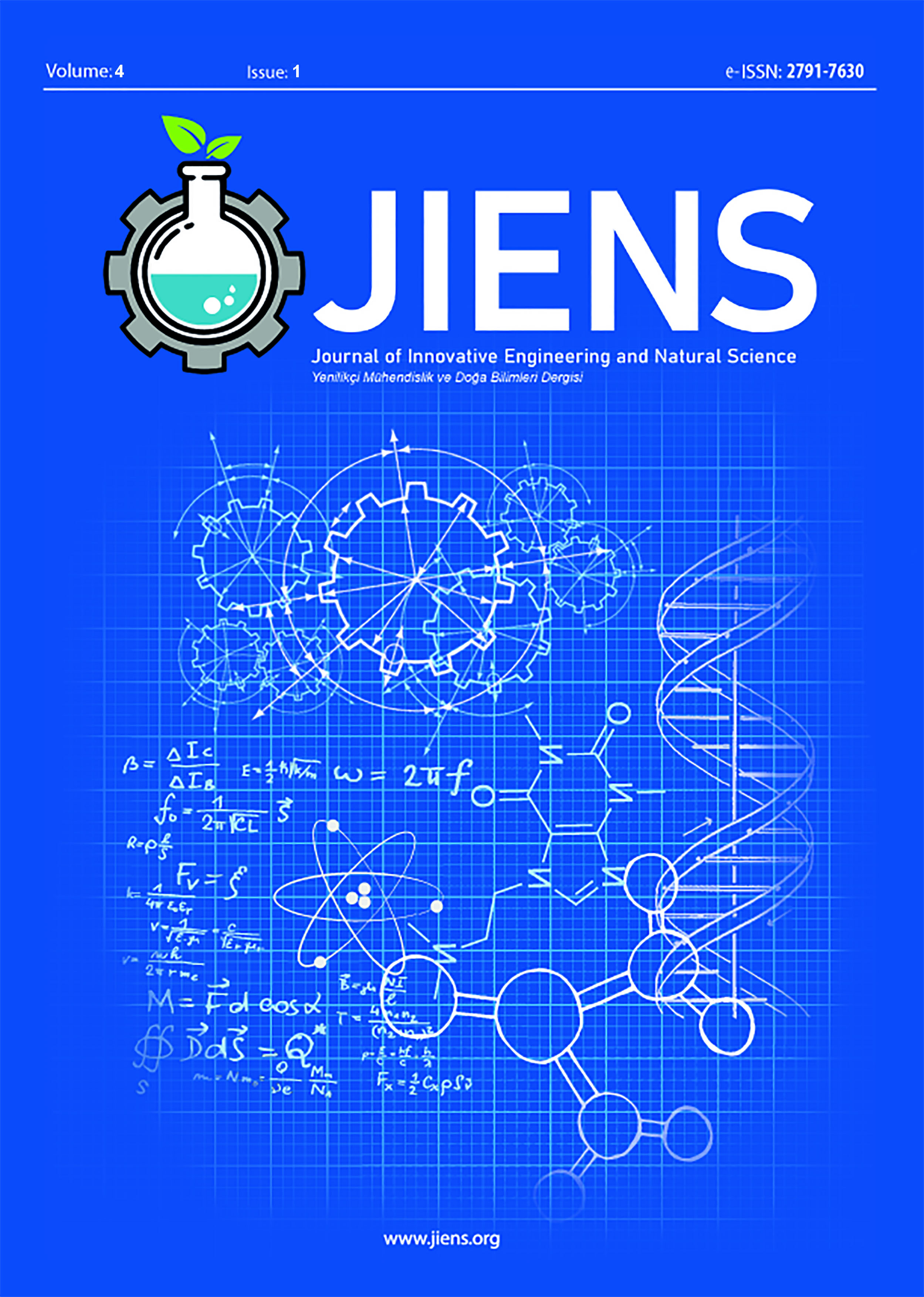Catching the biogas opportunity: Determining the animal waste-based biogas potential and environmental effects for Sirnak
Author :
Abstract
Anaerobic digestion of renewable feedstocks into biogas is an important technological approach for sustainable and reliable energy supply. Biogas is produced from biomass and is defined as a gaseous energy carrier containing 60% methane and 35-40% carbon dioxide. Among many different types of biomass, the use of animal wastes in biogas production is more preferred than others. The region selected in the study is a city with a significant amount of animal waste production and, thus, biogas potential due to intensive livestock. In this study, the animal waste potentials that can be produced from cattle, sheep, and poultry in Sirnak province and their effects in terms of biogas equivalents and carbon emissions were analyzed. The results of the study show that a total of 23.4] million m3 year-1 of biogas can be produced from animal wastes in Sirnak province from all districts, while total electricity production may be 44,238,955.45 kWh year-1. As an environmental impact, it has been determined that total CO2 emissions can be 276,356,209.6 kg CO2 year-1, on the other hand, a reduction in total CO2 emissions up to 209,809,869.8 kg CO2 year-1 can be achieved.
Keywords
Abstract
Anaerobic digestion of renewable feedstocks into biogas is an important technological approach for sustainable and reliable energy supply. Biogas is produced from biomass and is defined as a gaseous energy carrier containing 60% methane and 35-40% carbon dioxide. Among many different types of biomass, the use of animal wastes in biogas production is more preferred than others. The region selected in the study is a city with a significant amount of animal waste production and, thus, biogas potential due to intensive livestock. In this study, the animal waste potentials that can be produced from cattle, sheep, and poultry in Sirnak province and their effects in terms of biogas equivalents and carbon emissions were analyzed. The results of the study show that a total of 23.4] million m3 year-1 of biogas can be produced from animal wastes in Sirnak province from all districts, while total electricity production may be 44,238,955.45 kWh year-1. As an environmental impact, it has been determined that total CO2 emissions can be 276,356,209.6 kg CO2 year-1, on the other hand, a reduction in total CO2 emissions up to 209,809,869.8 kg CO2 year-1 can be achieved.





